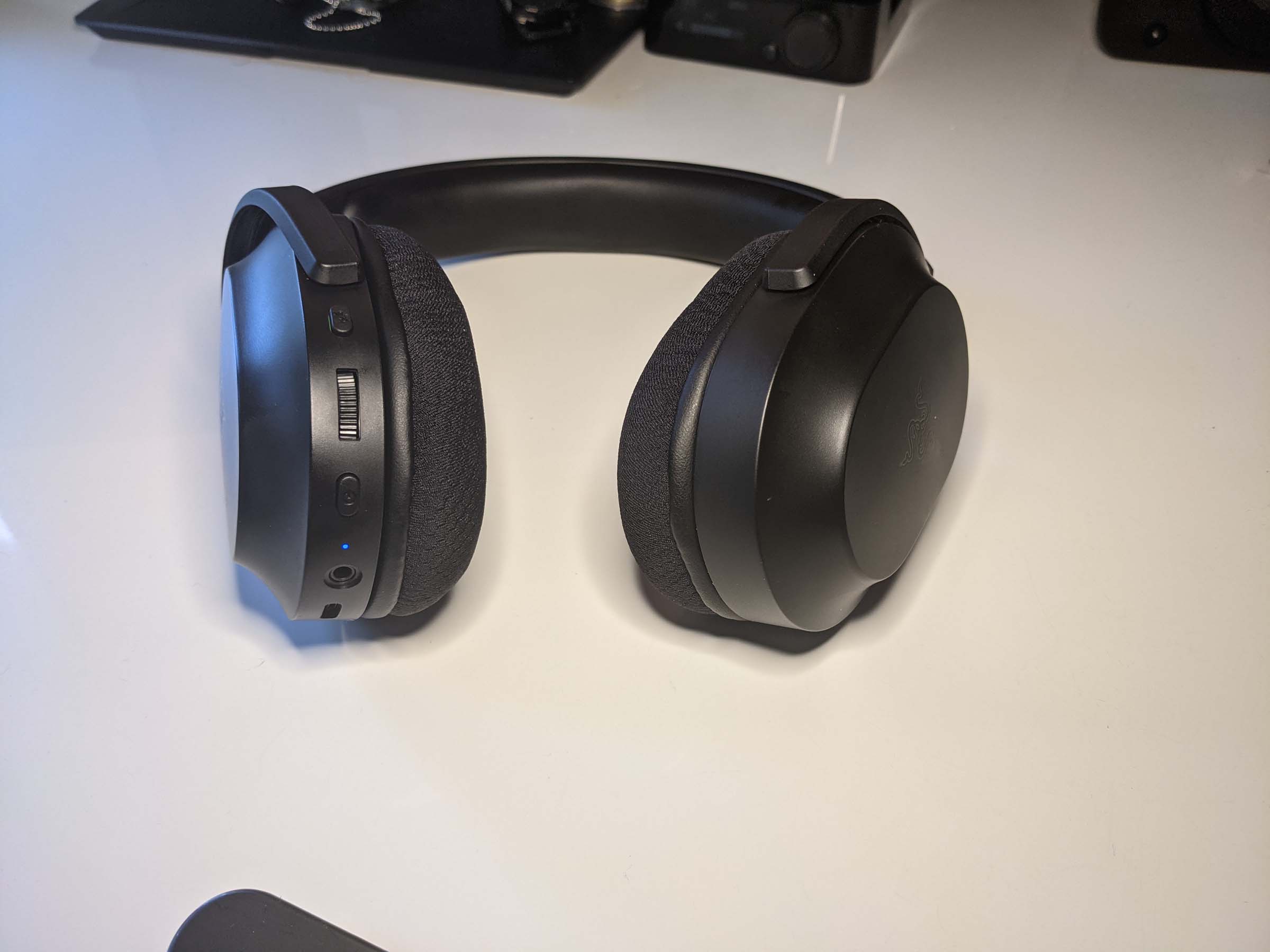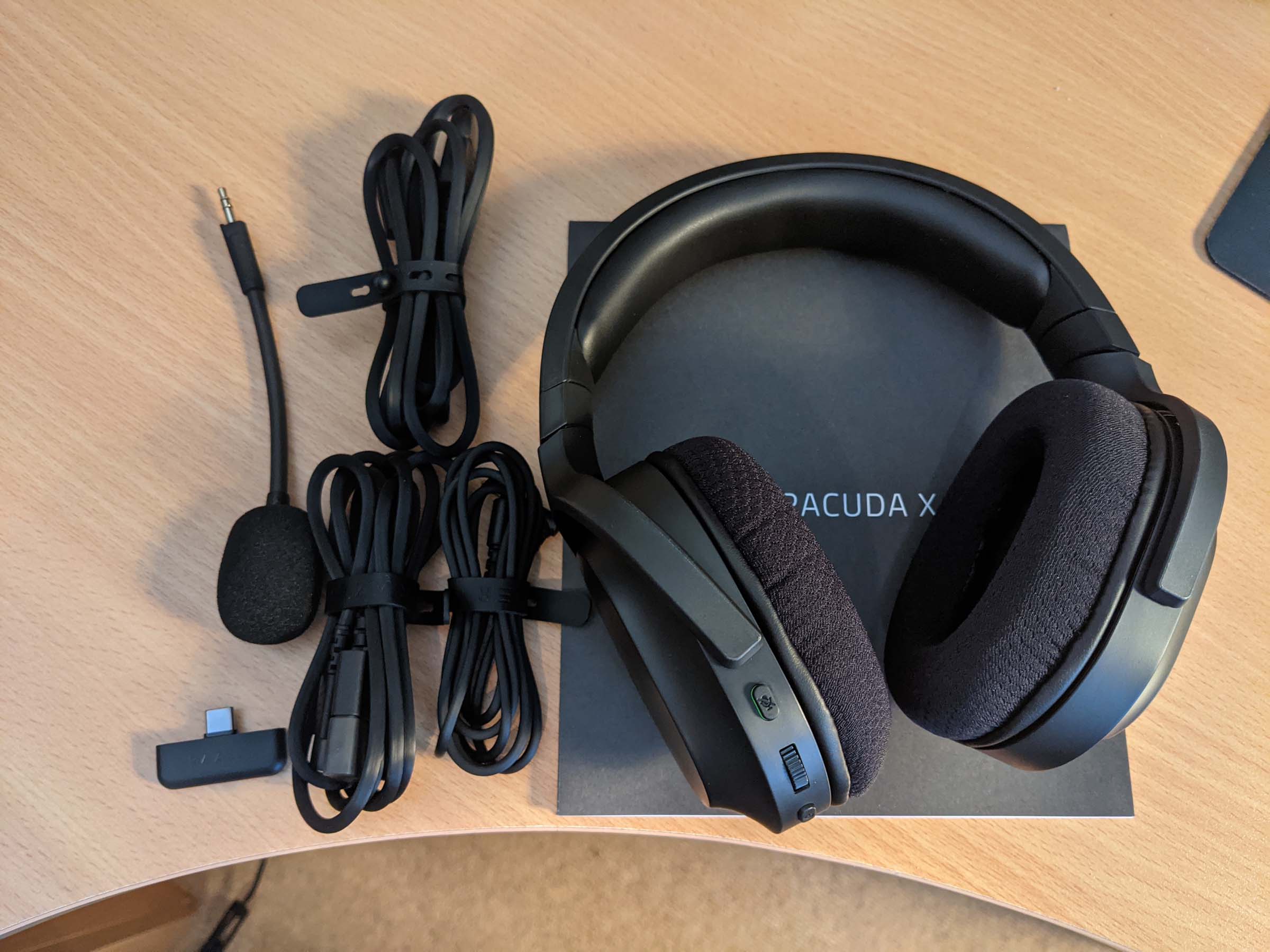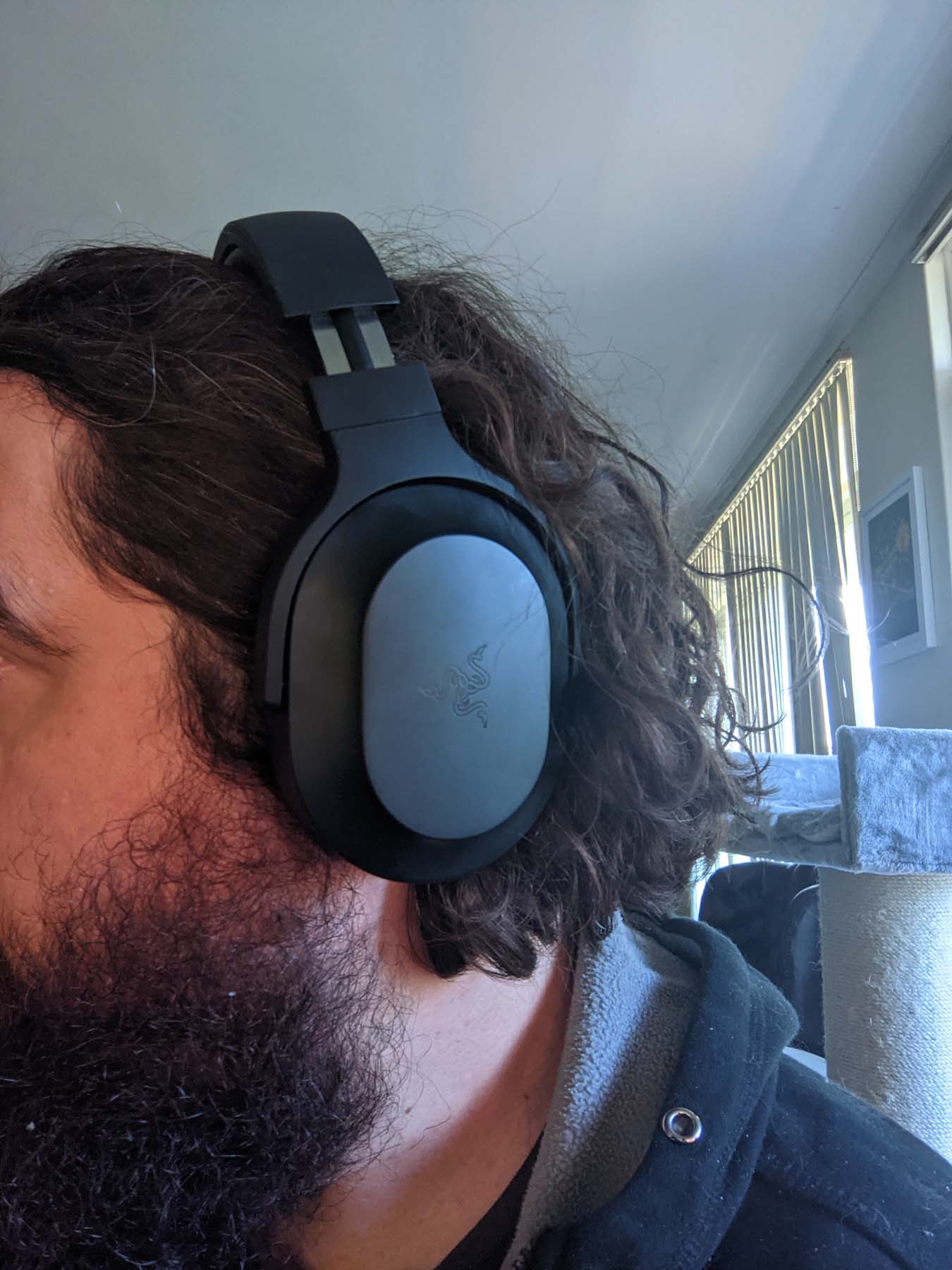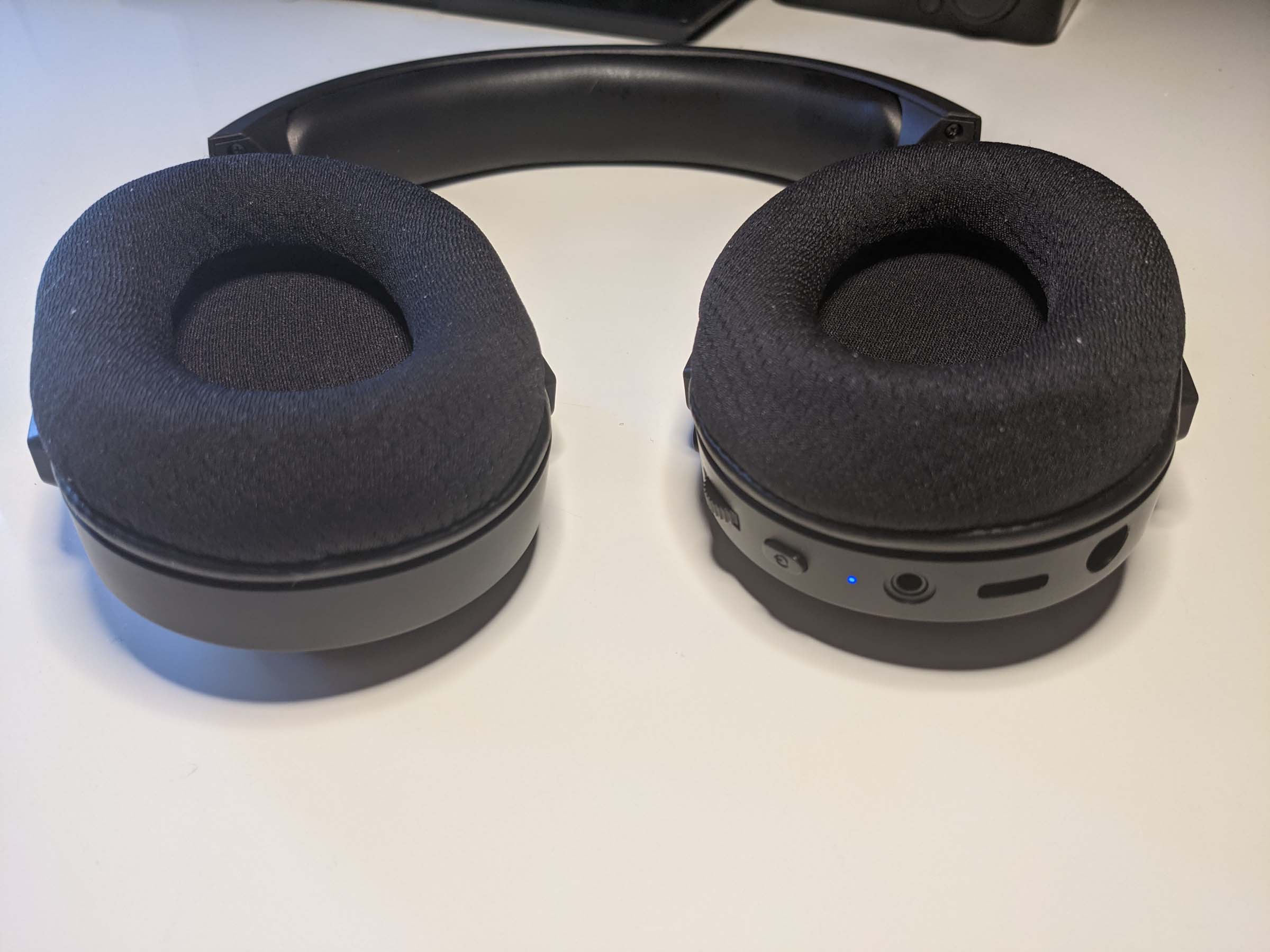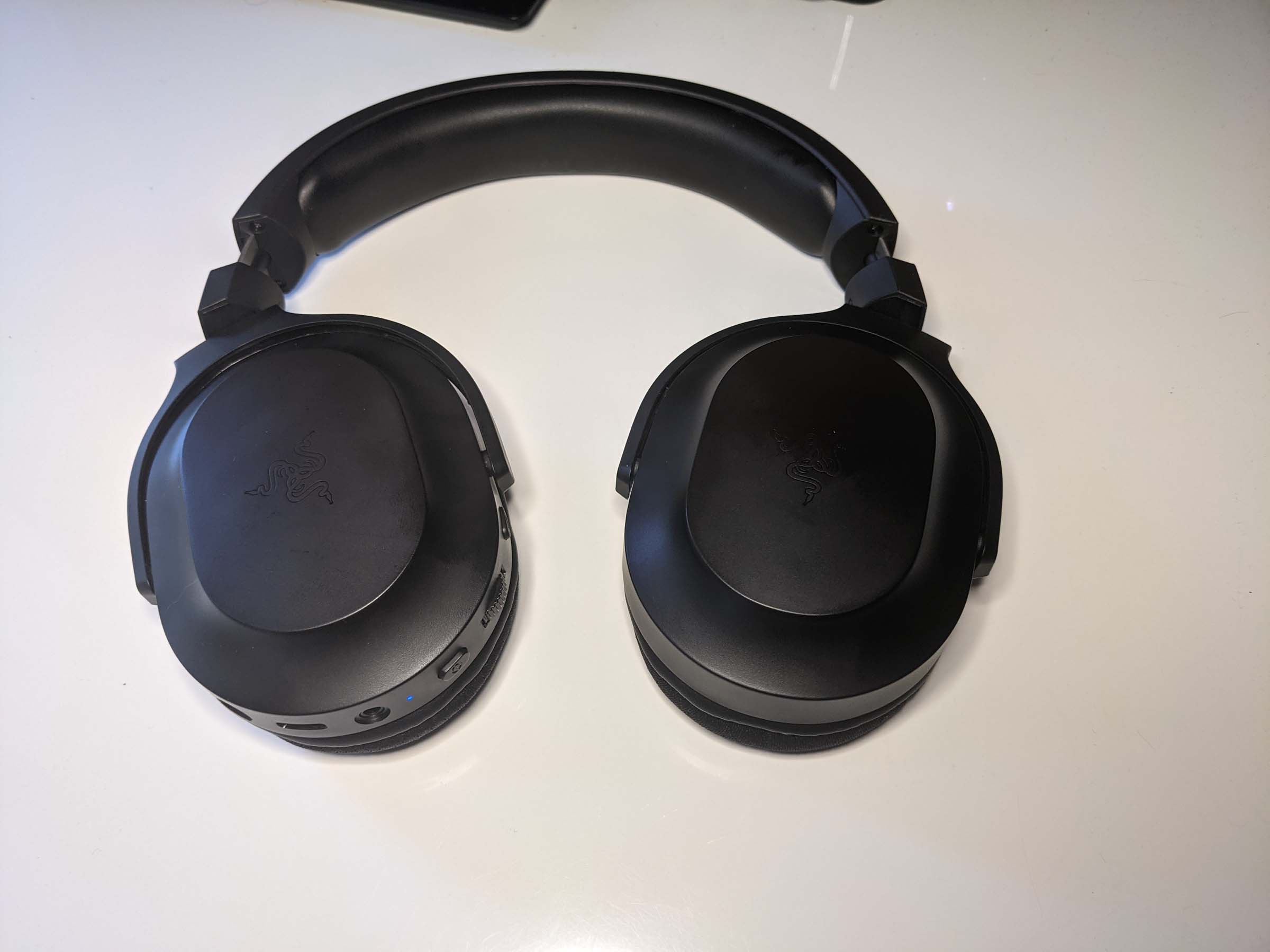Optus Mobile Review ALDI Mobile Review Amaysim Mobile Review Belong Mobile Review Circles.Life Review Vodafone Mobile Review Woolworths Mobile Review Felix Mobile Review Best iPhone Plans Best Family Mobile Plans Best Budget Smartphones Best Prepaid Plans Best SIM-Only Plans Best Plans For Kids And Teens Best Cheap Mobile Plans Telstra vs Optus Mobile Optus NBN Review Belong NBN Review Vodafone NBN Review Superloop NBN Review Aussie BB NBN Review iiNet NBN Review MyRepublic NBN Review TPG NBN Review Best NBN Satellite Plans Best NBN Alternatives Best NBN Providers Best Home Wireless Plans What is a Good NBN Speed? Test NBN Speed How to speed up your internet Optus vs Telstra Broadband ExpressVPN Review CyberGhost VPN Review NordVPN Review PureVPN Review Norton Secure VPN Review IPVanish VPN Review Windscribe VPN Review Hotspot Shield VPN Review Best cheap VPN services Best VPN for streaming Best VPNs for gaming What is a VPN? VPNs for ad-blocking Where the Xbox Wireless Headset is meant for green-blooded Xbox gamers, the green branding of Razer’s Barracuda X is built for almost everyone but the Xbox ecosystem, though there is basic wired support for that. Natively, the Barracuda X is built to play nice with PC, PlayStation consoles, Nintendo Switch and Android devices. There is a catch, though: no inbuilt Bluetooth (unlike the Xbox Wireless Headset) means you’re reliant on a compatible USB port, which means the only USB-C port for Android devices. As for other cons, these cans only have an okay wireless range, the microphone isn’t up to the same quality standard as the sound, and there’s no Razer Synapse integration for straightforward audio tweaks on PC. Gripes aside, the Barracuda X boasts fantastic battery life, all-day comfort with virtual surround sound and a design that offers the versatility to treat it as a gaming headset or a pair of outdoor headphones. In terms of the actual looks, the Barracuda X is distinct from other gaming headsets because it ditches the gaming aesthetic in favour of a subtler design intended to be something you’d feel comfortable wearing outdoors. To this end, you’ll have to get the light just right or get the earcups closer to your eyeballs to spot the low-key Razer logo, while the left-earcup physical buttons and ports are all incredibly low-profile. In terms of looks, it’s closer to a pair of Sony XM4s than the more gamified look of our current reigning gaming headset the SteelSeries Arctis Pro Wireless. Initially, the low-profile separate power and mute buttons were a bit finicky to find, but it’s a fast enough lesson to use the volume wheel as a feeler guide. The removable microphone has a non-symmetrical port, meaning there’s only one way you can connect it, which is essential for its cardioid design. It pops in and out easily enough, which is handy not only for switching headset to headphones, but also to get the not particularly bendy microphone arm out of your face. When you want to charge the headset, connect the USB-A to USB-C cable to a PC or other compatible power source to charge it. You get around 20 hours of battery life out of this headset, so don’t expect to need to charge it too often. The main downside for charging is you’ll be guessing; the lack of Razer Synapse software compatibility on PC, particularly, means there’s no way to tell how much juice you have left. Speaking of volume, these cans know how to party. While rave-deafened peeps won’t get ear-bleeding volumes out of this thing, those without damaged hearing should be happy with how loud they get. For everyday use—a mix of music playback, movies, video calls and voice chat—I had the volume set comfortably below the volume dial’s highest point. The wireless range has you covered in the same room, but shifting more than a few metres away causes dropouts. In terms of sound, the Barracuda X headset offers big audio, albeit without anything close to booming bass. That lack of Razer Synapse integration has another con for PC user: no easily accessible equaliser. Admittedly, there is a workaround for this via Razer’s THX Spatial Audio application, but it requires Razer credentials to use and only comes with a 15-day trial. Once that expires, it’s an additional cost just to change sound settings. The soundscape improves once you install and switch over to THX Spatial Audio, even before you mess around with default global equaliser settings (game, movie, music) or start tinkering with custom options. You can boost the bass here, too, but even when it’s maxed out, the Barracuda X doesn’t have that beefy kick. Still, if you do pick up these cans, I’d absolutely recommend using the THX Spatial Audio trial to hear the difference in sound. And that’s just for non-gaming application. In-game results were particularly impressive, even when just using Dolby Atmos for Headphones to handle surround-sound virtualisation in Windows 10. I spent most of my testing time in Hell Let Loose, which is a high-lethality FPS that has a varied soundscape, ranging from voices and footsteps to vehicles, gunfire and plenty of ear-shattering explosions. The Barracuda X proved to be a faithful fragging companion, helping to accurately identify when enemies were near, the direction they were coming from and assisted in isolating gunshots to sniff out enemy locations. These cans work just as well in more relaxed games like Age of Empires II: Definitive Edition and arcade titles like the Metal Slug series. The only in-game detractor is the lacklustre microphone which, I was frequently told by my Discord squaddies, had muffled and quiet output. As headphones, the Barracuda X is great for the price, but treating it as a headset where you’re including the importance of the microphone, it’s not as ideal an in-game companion (the louder the game, the more people will struggle to hear you, too). For starters, while the dongle is small enough, that’s an extra component attached to your smartphone’s only port to contend with (it’s a similar story with the Switch), which isn’t ideal if it’s shifting around in your pocket. Additionally, it really depends on what case you have. For instance, I use a hard wallet case for my Google Pixel 5, which has room for thin USB-C cables, but not for a wider dongle, which is what the Barracuda X has. Basically, I have to remove my case to connect the Barracuda X’s dongle, which would be so much easier had Razer added Bluetooth support like Microsoft did with its Xbox Wireless Headset. The Barracuda X is also compatible with any other device that accepts a 3.5mm cable, which extends the compatibility further, but also stops the headphones from being wireless. This also includes the Xbox One, Xbox Series X and Xbox Series S, but you’re better off opting for the Xbox Wireless Headset if any of those are your primary consoles.
